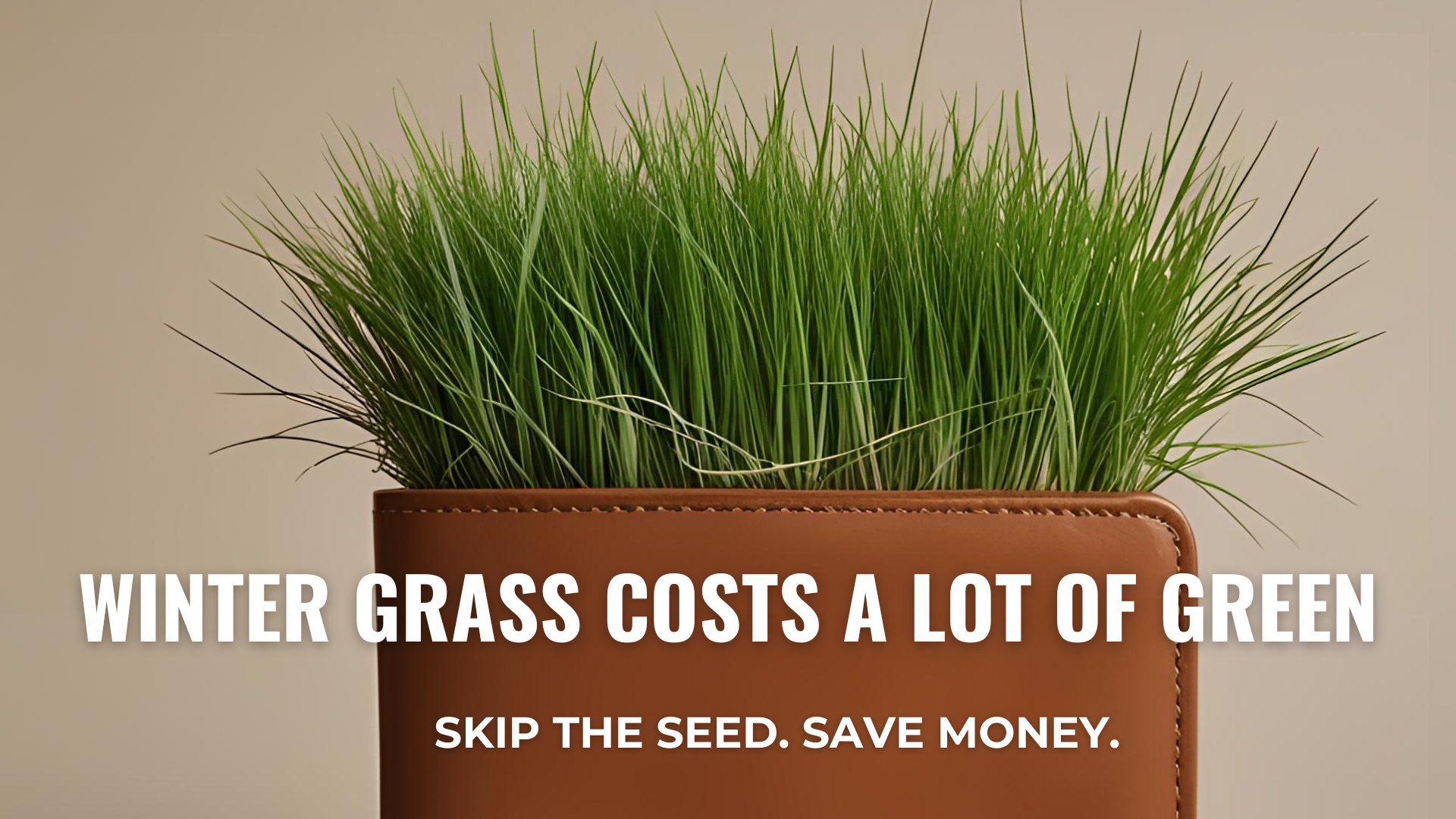
Overseeding is the process of installing a temporary, cool-season grass (typically ryegrass) on top of the permanent, warm-season Bermuda grass that will go dormant during the colder months. While in dormancy, Bermuda grass will turn into a golden brown stand of grass that doesn’t need much water or maintenance during the winter months, assuming that Tucson receives the usual amount of winter rainfall. Although it takes a significant amount of water to germinate and maintain, the winter ryegrass will usually stay green for a few months until the temperatures start to rise in the spring.
During this spring transition time, the winter ryegrass will die off and the Bermuda grass comes out of dormancy, becoming green once again. However, this transition from cool-season to warm-season grass can become unsightly and delay the Bermuda grass from fully coming out of dormancy, resulting in patchy, unhealthy grass areas. For most properties, overseeding is a choice made for highly used areas such as ball fields and event spaces. For non-functional grass areas, overseeding is rarely necessary and might serve as an aesthetic element to a landscape rather than a practical one.